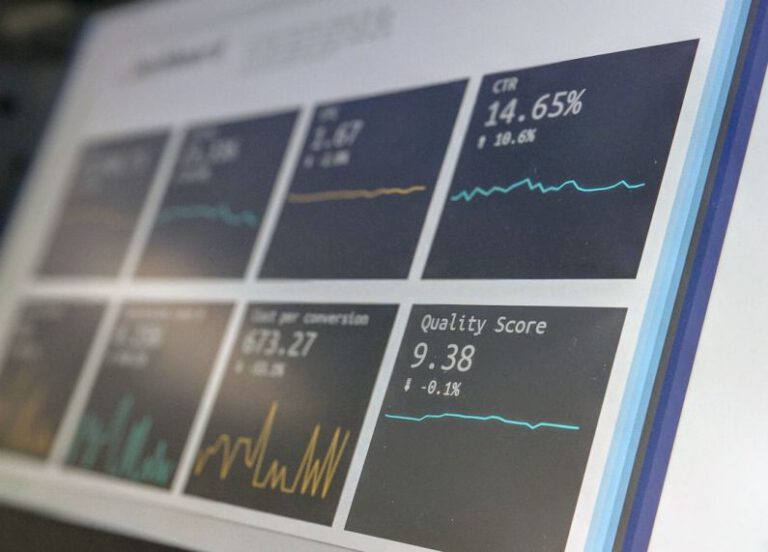How to Create a Budget for a Small Business?
Managing the finances of a small business can be a challenging task. However, creating a budget is crucial for the success and growth of your business. A well-planned budget helps you track your income and expenses, make informed decisions, and ensure you are on the right track financially. In this article, we will guide you on how to create a budget for your small business.
Assess Your Current Financial Situation
Before creating a budget, it is essential to assess your current financial situation. Start by gathering all your financial statements, including income statements, balance sheets, and cash flow statements. These documents will give you a clear picture of your business’s financial health and help you identify any areas of concern.
Identify Your Revenue Sources
Next, identify all your revenue sources. This can include sales of products or services, rental income, interest income, or any other sources of income your business generates. Categorize them and consider their frequency and reliability. Knowing your revenue sources will help you estimate your income accurately.
Estimate Your Fixed and Variable Expenses
To create an effective budget, you need to estimate your fixed and variable expenses. Fixed expenses are recurring costs that remain constant every month, such as rent, utilities, insurance, and salaries. Variable expenses, on the other hand, fluctuate based on your business’s activities, such as raw materials, marketing expenses, and travel costs. Categorizing your expenses will help you allocate funds more efficiently.
Set Realistic Goals
After assessing your financial situation and understanding your revenue sources and expenses, it’s time to set realistic goals for your business. These goals should be specific, measurable, achievable, relevant, and time-bound (SMART). For example, you may want to increase your sales by 10% in the next quarter or reduce your marketing expenses by 15%. Setting goals will give you a clear direction and help you stay focused.
Allocate Funds
Once you have set your goals, it’s time to allocate funds to different areas of your business. Start by prioritizing your expenses based on their importance and urgency. Allocate funds accordingly, ensuring that you have enough resources to cover your fixed expenses and invest in growth opportunities. It is also important to set aside a portion of your budget for unforeseen expenses or emergencies.
Monitor and Track Your Budget
Creating a budget is not a one-time task. It requires regular monitoring and tracking to ensure you are staying on track. Use accounting software or spreadsheets to record your income and expenses. Review your budget periodically and compare it to your actual financial results. This will help you identify any discrepancies and make necessary adjustments.
Make Adjustments When Needed
As your business evolves, your budget may need adjustments. Keep a close eye on your financial performance and adjust your budget as necessary. For example, if you notice that your expenses are higher than expected, you may need to cut costs or reallocate funds. On the other hand, if you are exceeding your revenue targets, you can consider reinvesting the surplus into your business.
Seek Professional Help
If budgeting seems overwhelming or you lack the necessary expertise, don’t hesitate to seek professional help. An accountant or financial advisor can provide valuable insights and guidance to ensure you create an effective budget for your small business. They can also help you with tax planning, cash flow management, and financial forecasting.
In conclusion…
Creating a budget is a vital step in managing the finances of your small business. By assessing your current financial situation, identifying revenue sources, estimating expenses, setting goals, allocating funds, monitoring and tracking your budget, making adjustments when needed, and seeking professional help if necessary, you can create a budget that sets your business up for success. Remember, a well-planned budget is a roadmap to financial stability and growth.






